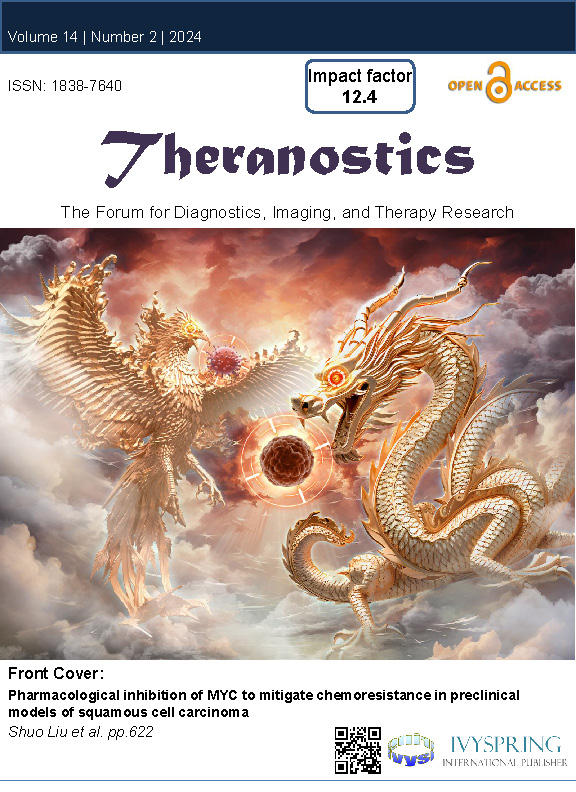Processed microalgae: green gold for tissue regeneration and repair
IF 12.4
1区 医学
Q1 MEDICINE, RESEARCH & EXPERIMENTAL
引用次数: 0
Abstract
As novel biomedical materials, microalgae have garnered significant interest because of their ability to generate photosynthetic oxygen, their antioxidant activity, and their favorable biocompatibility. Many studies have concentrated on the hypoxia-alleviating effects of microalgae within tumor microenvironments. However, recent findings indicate that microalgae can significantly increase the regeneration of various tissues and organs. To augment microalgae's therapeutic efficacy and mitigate the limitations imposed by immune clearance, it is essential to process microalgae through various processing strategies. This review examines common microalgal species in biomedical applications, such as Chlorella, Chlamydomonas reinhardtii, diatoms, and Spirulina. This review outlines diverse processing methods, including microalgae extracts, microalgae‒nanodrug composite delivery systems, surface modifications, and living microalgae‒loaded hydrogels. It also discusses the latest developments in tissue repair using processed microalgae for skin, gastrointestinal, bone, cardiovascular, lung, nerve, and oral tissues. Furthermore, future directions are presented, and research gaps for processed microalgae are identified. Collectively, these insights may inform the innovation of processed microalgae for various uses and offer guidance for ongoing research in tissue repair.加工微藻:组织再生和修复的绿色黄金
作为新型生物医学材料,微藻因其产生光合氧的能力、抗氧化活性和良好的生物相容性而备受关注。许多研究集中于微藻在肿瘤微环境中的缺氧缓解作用。然而,最近的研究结果表明,微藻可以显著提高各种组织和器官的再生能力。为了增强微藻的疗效并减轻免疫清除带来的限制,必须通过各种加工策略来处理微藻。本综述探讨了生物医学应用中常见的微藻物种,如小球藻、衣藻、硅藻和螺旋藻。本综述概述了各种加工方法,包括微藻提取物、微藻-纳米药物复合给药系统、表面改性和活体微藻水凝胶。报告还讨论了利用加工微藻进行皮肤、肠胃、骨骼、心血管、肺、神经和口腔组织修复的最新进展。此外,还介绍了未来的发展方向,并指出了加工微藻的研究空白。总之,这些见解可为各种用途的加工微藻创新提供信息,并为组织修复方面的持续研究提供指导。
本文章由计算机程序翻译,如有差异,请以英文原文为准。
求助全文
约1分钟内获得全文
求助全文
来源期刊

Theranostics
MEDICINE, RESEARCH & EXPERIMENTAL-
CiteScore
25.40
自引率
1.60%
发文量
433
审稿时长
1 months
期刊介绍:
Theranostics serves as a pivotal platform for the exchange of clinical and scientific insights within the diagnostic and therapeutic molecular and nanomedicine community, along with allied professions engaged in integrating molecular imaging and therapy. As a multidisciplinary journal, Theranostics showcases innovative research articles spanning fields such as in vitro diagnostics and prognostics, in vivo molecular imaging, molecular therapeutics, image-guided therapy, biosensor technology, nanobiosensors, bioelectronics, system biology, translational medicine, point-of-care applications, and personalized medicine. Encouraging a broad spectrum of biomedical research with potential theranostic applications, the journal rigorously peer-reviews primary research, alongside publishing reviews, news, and commentary that aim to bridge the gap between the laboratory, clinic, and biotechnology industries.
 求助内容:
求助内容: 应助结果提醒方式:
应助结果提醒方式:


